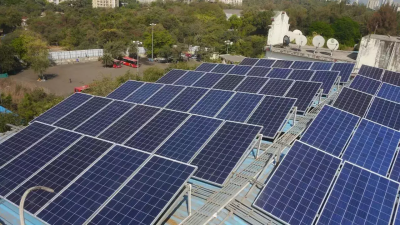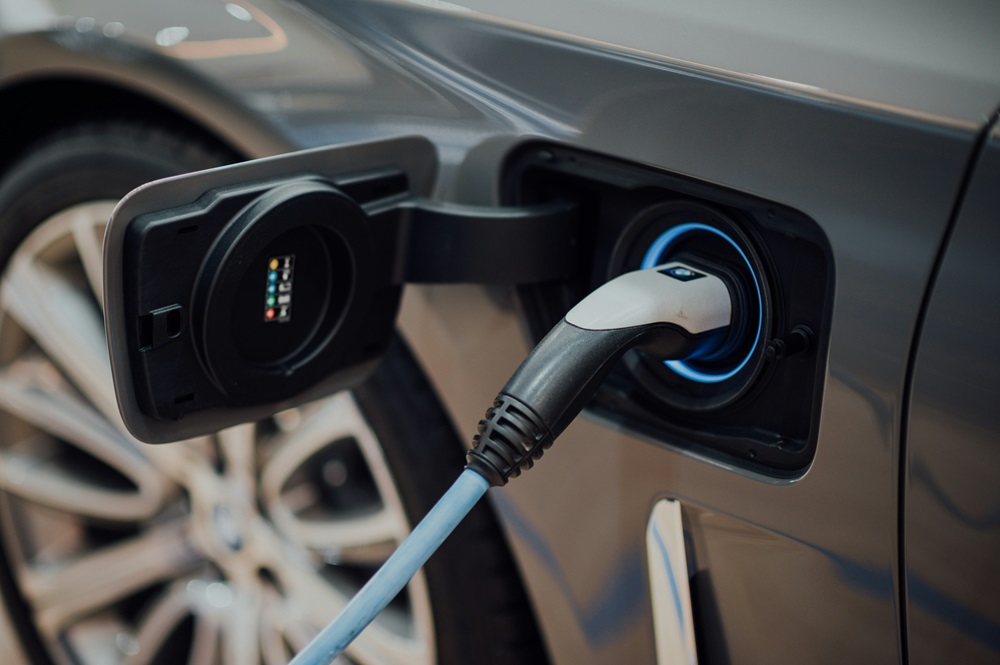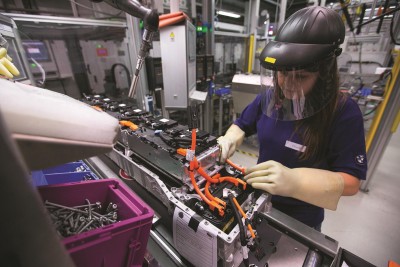India’s being third largest producer of solar energy in the
world has current installed capacity of 90.76 GW and has seen tremendous growth
of 88.16 GW in the past decade. The current boom of solar energy in the country
is due to various favorable schemes by government such as solar park scheme which
aimed to create large solar park areas with shared infrastructure facilities,
including roads, water supply, drainage systems, and communication networks and
PLI scheme which focuses on producing high-efficiency PV modules in India, thus
reducing import dependence by incentivizing local manufacturers to ramp up
production.
Economically feasible integration of solar energy with
battery energy storage system is also responsible for growth of both solar
energy and BESS. Due to intermittent and variable nature of solar energy, it is
difficult to make availability of round the clock renewable energy and hence
integrating it with BESS presents with the opportunity of RE supply even during
non-solar hours. As more and more solar is being integrated in the grid, it is
difficult to maintain grid stability and hence BESS is needed. Cost of
deployment of solar plants has decreased over the years due to improved
technology, efficiency and high availability of solar panels. With decreasing
cost of tariff rates in India it has become easily accessible for supply by the
DISCOMs.
The installation of solar project may face certain
obstruction due to lesser availability of land and proper transmission network
presence for evacuation of solar energy. With increasing population, it is
getting extremely difficult to find land for large scale project deployment and
hence technologies such as vertical solar panels and rooftop solar projects are
needed. It is necessary to fasten the pace of deploying transmission network
for proper evacuation as it has larger gestation period than RE projects. With
continuous decreasing tariff rate the market is expected to reach consolidation
in coming 5-7 years. But currently solar energy holds large opportunity for
domestic production and export as country targets 500 GW addition till 2030
with solar energy leading the sources.




